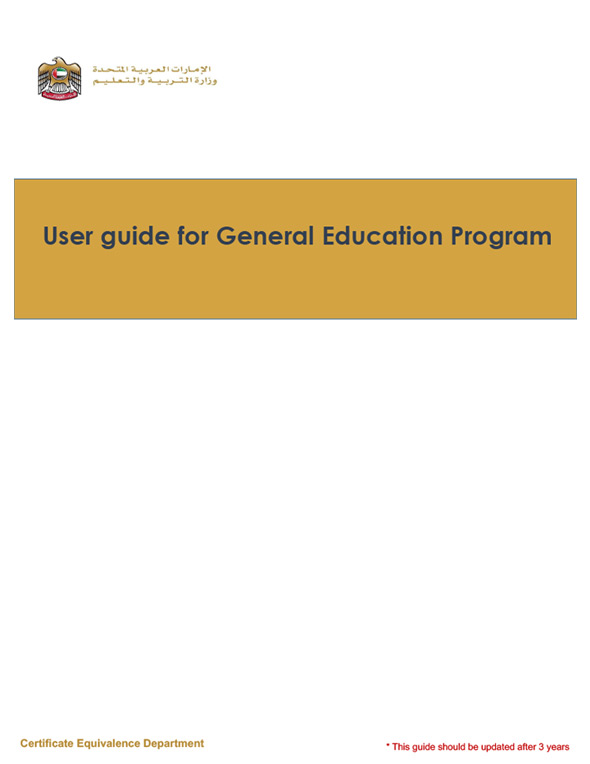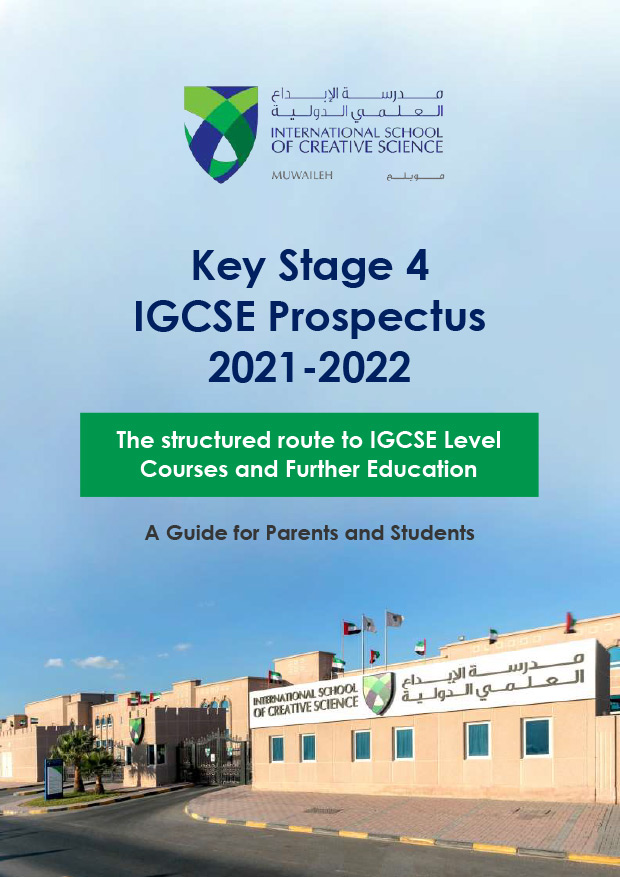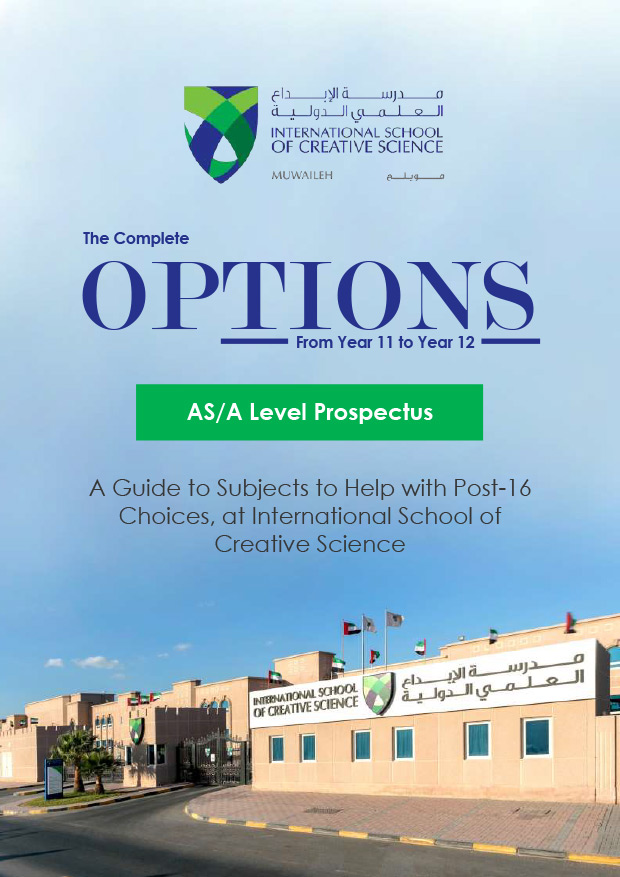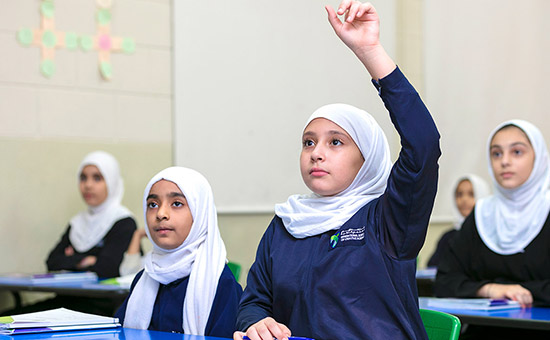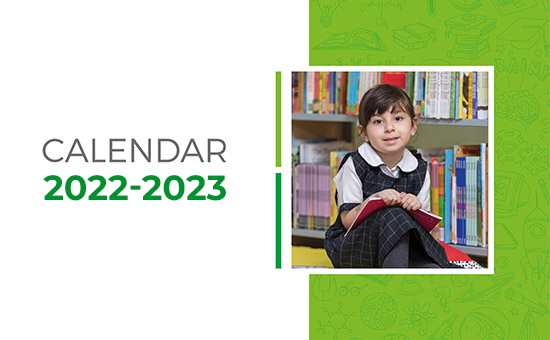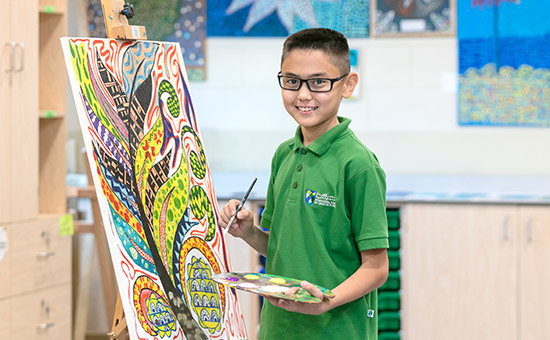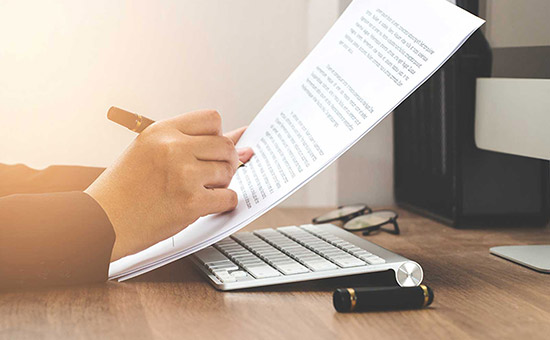Assessment
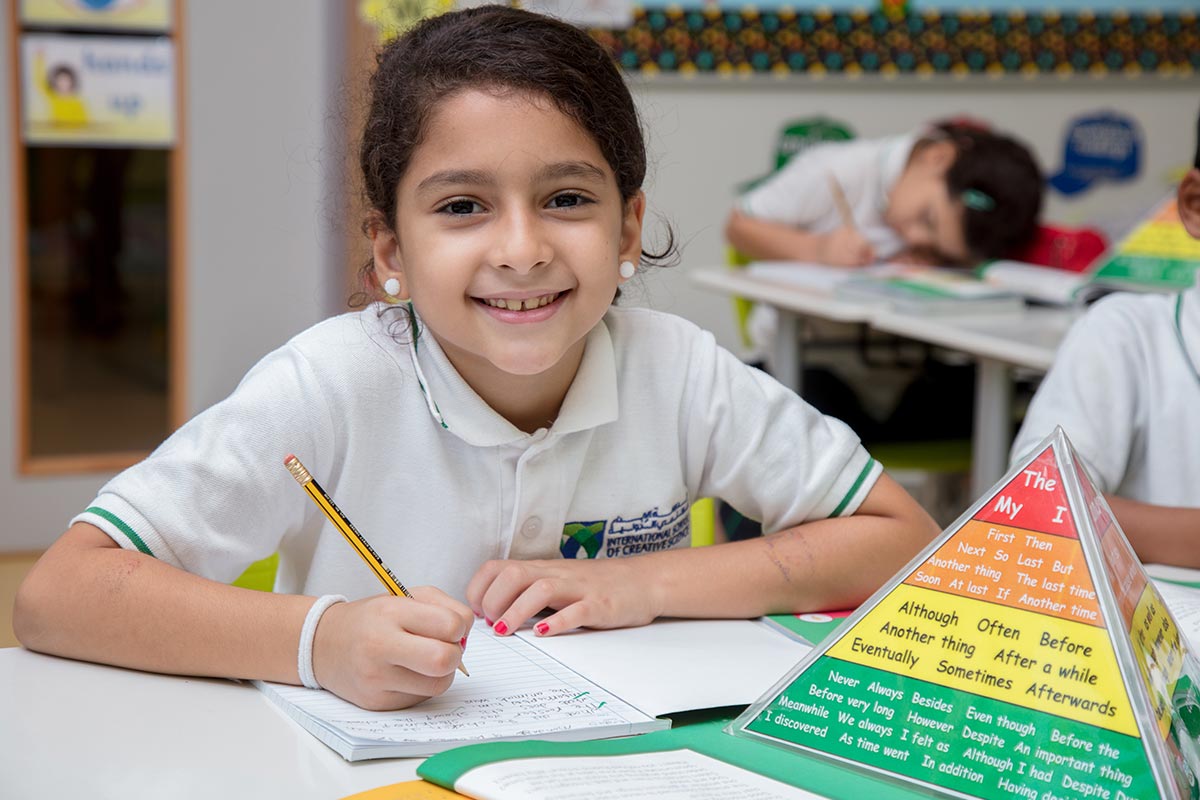
Early years (FS1 & FS2)
In the EYFS, children are assessed in 7 areas of learning and development:
- communication and language
- personal, social and emotional development
- physical development
- literacy
- mathematics
- understanding the world
- expressive arts and design
An EYFS Profile is completed for each child at the end of KG1/FS2 which provides evidence of the child’s knowledge, understanding, abilities, their attainment against expected levels and their readiness for year 1. The EYFS profile will indicate whether children are meeting expected levels of development, or if they are working towards reaching expected levels.

Primary & Secondary
We believe assessment is a fundamental practice to support and enhance the learning experiences of our students. Therefore, assessment – the evaluation of progress and attainment - is an integral part of learning, not separate from it. By recognising each person’s unique potential, assessment practices are designed to promote individual excellence and account for a variety of learning styles. Assessment also enables on-going collaborative reflection between the students, teachers, and parents, enabling each to become a partner in the learning process.
At ISCS we use a range of strategies and tools across both Primary and Secondary to assess our students’ learning. Assessment is integral to collaborative planning, teaching, and learning. Assessment practices are regularly reviewed in light of the British and MOE Standards and Practices.
Teachers use a variety of formal and informal assessment techniques to measure learning including:
Diagnostic assessment: is performed at the start of each term. It helps teachers to prevent assumptions on what students know. Teachers also use diagnostic assessment to find out what students already know about a subject area before beginning the Unit of Inquiry.
Formative assessment: Is consistent and ongoing, to guide development through teacher, self and peer assessment and will utilise many of the assessment tools outlined. Formative assessment results should be used to alter the instructional methods to meet the students’ needs and inform future planning. Formative assessment is not used in calculating a grade for a student. It enables the teacher and each student to know where they are in their learning and what the next steps are to further improve.
Summative assessment: is usually performed at the end of a complete unit or term. It measures the standards reached by students using specific criteria. It is used to gauge student attainment at that moment in time. It is used by teachers to inform them about the quality of their learning and whether their classes are at age related expectations. It is used to compare student results from year to year within the school or to compare the school’s results with those of other institutions worldwide.
Formative and summative assessment encompasses:
- Reflective evaluation
- Self-assessment and peer assessment
- Quizzes, small weekly tests
- Projects and portfolios
- Classroom tasks
- Home learning
- Class participation
- Practical or experimental learning
- Teachers’ observations and discussions
- Written assessment (such as tasks, short answers, reports, research projects, etc.)
- Oral assessment (including student presentations or other oral presentations)
- Performance assessment
- Subject examinations
Nationally standardised summative assessment
Nationally standardised summative assessment enables:
School leaders to monitor the performance of pupil cohorts, identify where interventions may be required and work with teachers to ensure pupils are supported to achieve sufficient progress and attainment
Teachers to understand national expectations and assess students’ own performance in the broader national context.
Pupils and parents to understand how pupils are performing in comparison to pupils nationally
Nationally standardised summative assessments include:
- Early Years Foundation Stage (EYFS) profile at the end of FS2
- CAT 4 assessments from Grade 3/Year 4 in line with local expectations
- GL Progress tests in English, Maths and Science from Grade 3/Year 4 in line with local expectations
- IGCSE examinations (Year 11)
- AS examinations and A Level Examinations (Year 12 & 13)
Equalisation Process
We would like to advise you that it will be necessary for Grade 12 students to provide the following school documents attested by the Ministry of Education in order to obtain their equalisation:
Required documents for equalisation*
- Grade 10 Final Report Card
- Grade 11 iGCSE Certificate showing student has passed five approved iGCSE subjects at A*-D /9-3
- Grade 12 Final Report Card (Issued by the school after receiving the AS/GCE results in August 2022)
- Grade 12 AS/GCE Statement of Results showing that the student has passed at least 2 AS subjects at Grade D or above or 1 full A-level subject (AS & A2) at D or above.
- UAE national students or any student who wishes to continue higher education in the UAE must pass:
- EmSAT Achieve - English with a score at least 1100.
- EmSAT Achieve - Mathematics with a score at least 500.










